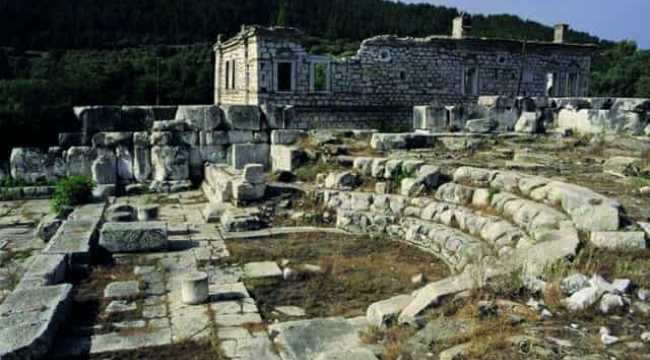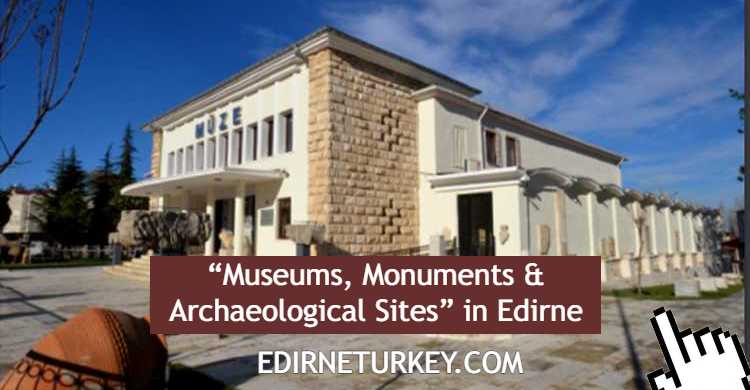1900-year-old footprints of children were found in the excavations in the “City of Gladiators”

In the excavations carried out in the ancient city of Stratonikeia in the Yatağan district of Muğla, footprints of children from 1900 years ago were unearthed.
Excavations, which started in 1977 in Stratonikeia, which is known as the “City of Gladiators” and is also considered one of the largest marble cities in the world, continue throughout the year.
In addition to Hellenistic, Roman, and Byzantine periods, the ancient city, which is important for the Anatolian principalities, the Ottoman and Republic periods, contains important artifacts.
Stratonikeia and Lagina Excavation Team President Prof. Dr. Bilal Söğüt stated that they conducted archaeological excavations, restoration, and drawing studies in different structures from ancient times to the present in Stratonikeia and Lagina, two of the most important cities in the Karia region.
Söğüt, who stated that the 2023 excavation works in the ancient city were productive, said that they did beautiful works in the 100th year of the Republic and found many artifacts.
“We uncovered the sections of the Roman bath”
Bilal Söğüt explained that they had uncovered the western street and a 92-person latrine (public toilet) in previous years, saying, “This year, we started working on the gymnastics and sports sections of the Roman bath, palestra, next to the western street, and the apodytorium at the entrance and the frigidarium with a pool in the cold section this year. We completed the excavation of the frigidarium section this year.”
Söğüt, stating that they had uncovered niches in the frigidarium section, including pools and other sections around them, said that they had found materials related to the upper cover, as it collapsed in the ancient period, filled on-site. Söğüt, who also found the tomb of the person who supported the bath in the bath, stated that they were continuing the works on the palestra, the gymnastics and sports sections of the bath, in the southern portico (an open gallery with a covered top, front columns).
Söğüt also shared following: “Especially among the Roman period remains, we came across footprints belonging to about 1900 years ago on bricks used in the vault. These were very beautiful for us. In fact, we determined that these footprints belonged to 2-3 years old, to 3 different children. We have been finding different depictions on roof tiles and bricks in previous works, but for the first time, we came across such a footprint. These footprints were coming from different directions, and they were not all in the same direction. This was also a nice development for us. Our work there continues. In fact, the drainage system made in the Roman period in the bath is still working. These were completely revealed both in the pools and in the promenade areas. Now, when it rains, the waters flow into the ancient sewer as if it were made today, and not a drop of water accumulates in the pools. This is also one of the nice and pleasing news for us.”





